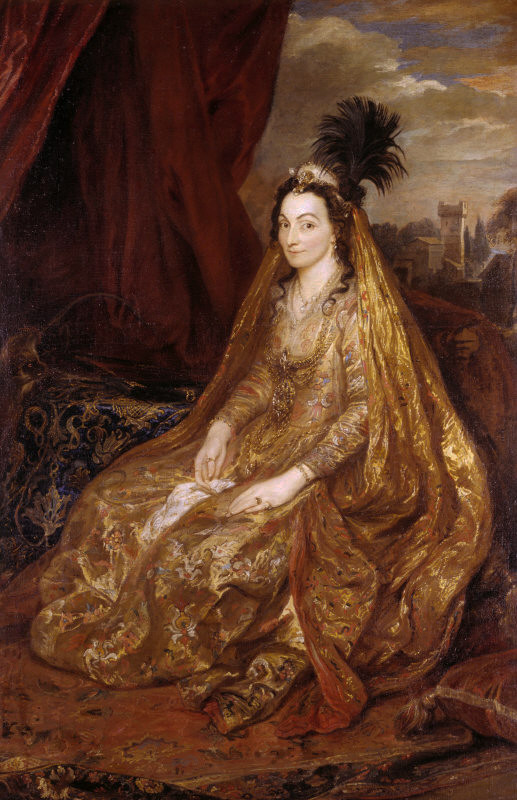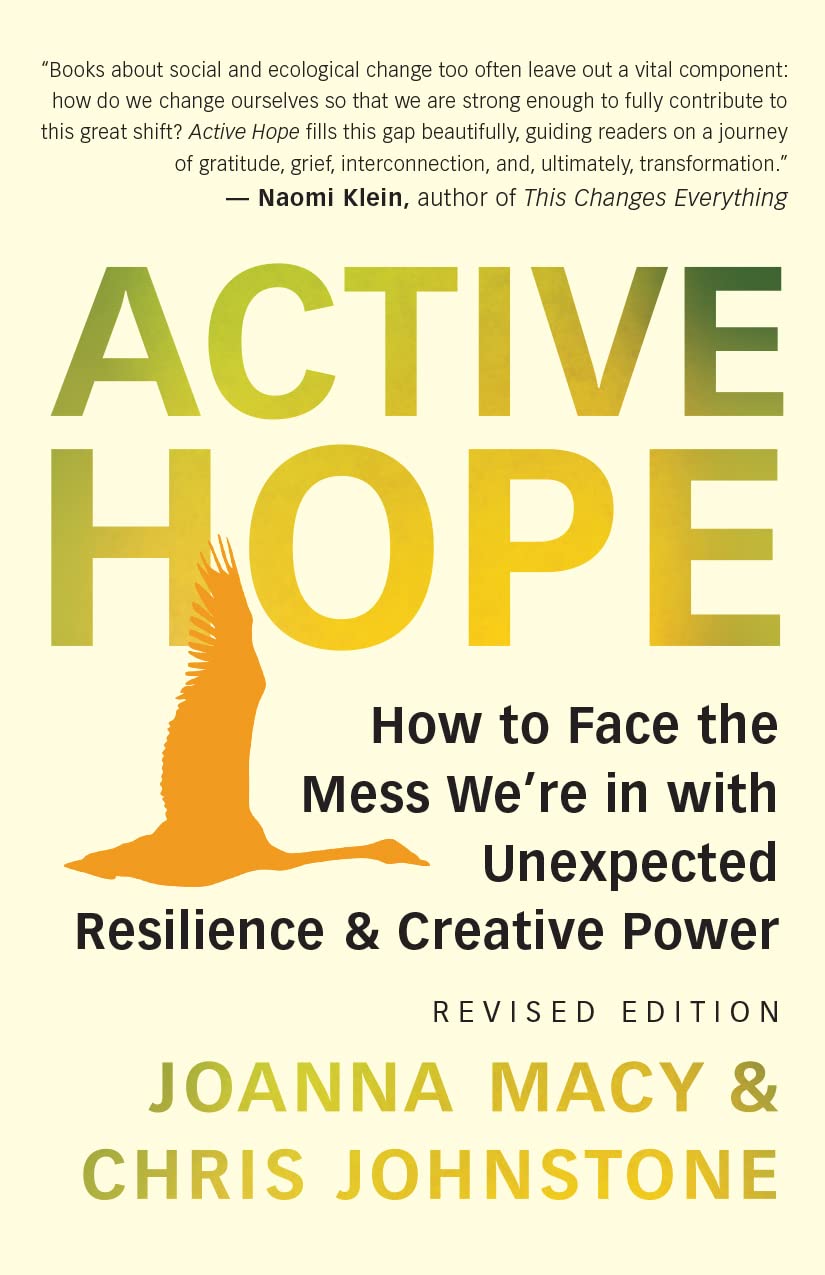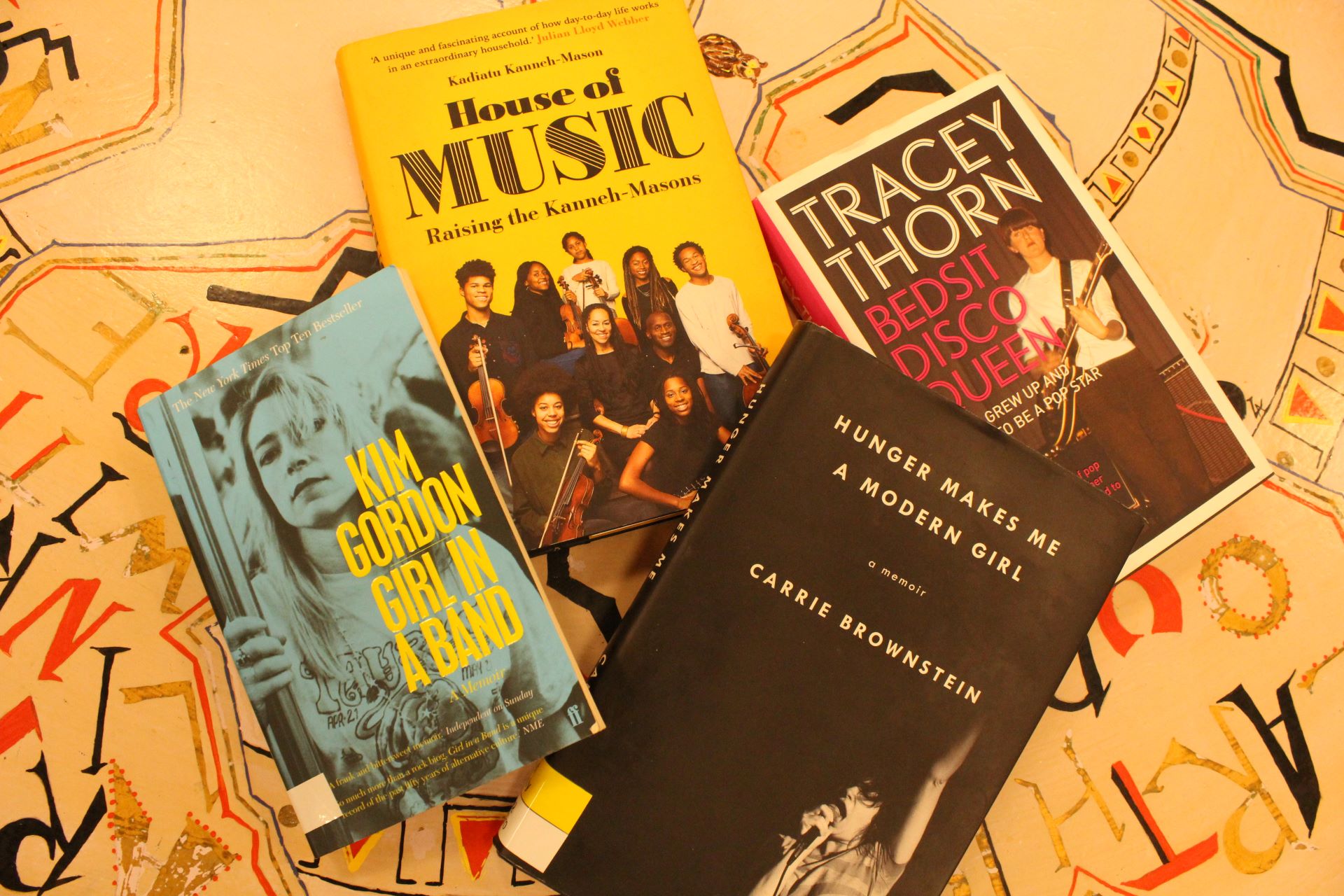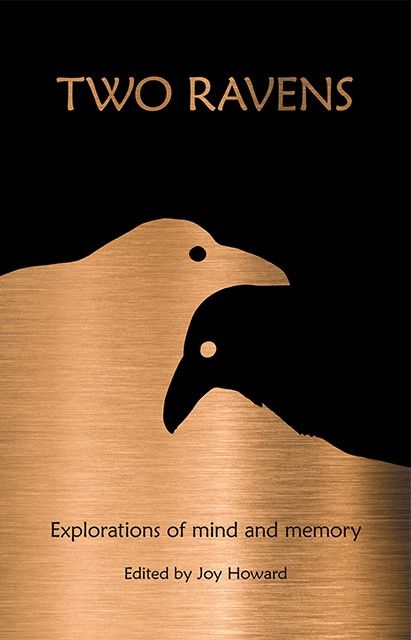
Lady Shirley by Anthony Van Dyke, 1622.
Between 2011 and 2014 it was estimated the British Muslim population amounted to around 2,786,635-3,114,992 people or 4.4-5.4% of the total population making it the second largest religious group in the UK. Muslim groups from around the world such as places like Pakinstan, Bangladesh, Somalia, Gujaratis, Turkey, Syria, Iraq, Yemen, Lebanon and more as well as those of different denominations such as Sunni, Shia or Ahmadiyya Islam have made Britain home for centuries now and impacted it in all areas of life. My own Sunni Turkish Grandfather(Dede) Aycetin Secmezsoy came to Scotland for a hospitality job in the 1960s where he fell in love my Grandfather, married and has since stayed here up until today as a UK citizen. He dealt with significant prejudice as did my mum and her sisters and today many UK Muslims have to deal with prejudice caused by British right wing media, groups and individuals using things such as terrorism as excuses for their hatred. British Islam and Muslim identity has a long history and within Bernadette Andrea’s historical text The Lives of Girls and Women from the Islamic World in Early Modern British Literature and Culture, she trace this back to explore the lives of various Muslim women who came to Britain from the Medieval period onwards, either willingly or unwillingly to see how these early women were changed by and changed the lands they came to.
The first chapter, The Presences of Women from the Islamic World in Late Medieval Scotland and Early Modern England, starts off by considering the role of Muslim women in Medieval and Renaissance princely pageantry and tourneys ,the phenomenon of marvels and wonders and the courtier ruler relationship at many ruling courts. The late 15th century to early 16th century Stewart king James VI had a variety of Muslim Court inhabitants like Petir(Peter) the More, Elenor More, Helenor More,Elen More and Margaret More. Helenor/Elen/Elanor might have been the same person or multiple and her name was a pun on her race and religion as it meant brightness or light. These individuals came from Western Africa via Portugal, Andrea suggests using Imtiaz Habib’s Black Lives, with Scottish Privateers taking them to Edinburgh via Portugal due to papal blessing of portugese slavery of Christianity’s enemies in that part of Africa. All of them would have had their names given when Christianized. Elen(or Eleanor/Helenor) was the protagonist and prize of Court entertainments in June 1507 and May 1508 called the Tournament of the Black Lady with Elen the “Black Queen of Beauty”. While being maidservant of Queen Margaret Tudor, James’ wife, it is unclear if she was a slave or not. As a “wondrous” Other she ,like the Burgundian Giant Hans, was an important tool to be used in displays of Chivalry and pageantry. Elen was both beautiful and a wonder due to her racial difference and religious origin and an alien Other. She was valuable both as a person or decoration with her tournament outfit being described by the Lord High Treasurer of Scotland as consisting of luxurious damask with gold flower trimming,green and yellow taffety sleeves and black gloves. She was brought in a Triumphal chair covered with Flemish taffety of white,yellow,purple and gray and came from Flanders for a hefty £88. Two women, perhaps Margaret and one of the other women, as well as two squires that Katie Stevenson names Master William Ogilvie and Alexander Elphinstoun. James IV did a turn as the Black Knight fighting to defend and win her. James wore an ornate silver-horned helmet,an arming jacket of black satin and a gold clasped gorget while his men were John Dunlop and Alexander MacCulloch in cloth of gold and black velvet. Battle met under a Silk Pavilion at Edinburgh Castle with standards and an Arthurian tree of Esperance(Hope) in a garden of Patient bearing leaves of pleasure,flowers of nobleness and fruit of honour.Each week of the five week extravaganza saw a new challenger’s shield hung on the tree. A variety of reasons for the pageantry are noted by Andrea and others. Katie Stevenson suggests it was to celebrate his legitimate first son’s birth in February 1507 and the mother, his wife Margaret Tudor’s, recovery from the difficult pregnancy. Andrea speculates it could signify the secluded Scottish king’s aspirations to partake in crusading ,but the overarching theme she posits is it was a discourse on the ambiguous connection between blackness and beauty during that period. She connects it to the racist Masque of Blackness written by Ben Jonson in 1605 for James VI/I and Anne of Denmark in which the white court ladies ,Anne and other participants wore black face claiming they made it beautiful while still seeing whiteness and lightness as superior and purer. This simeltnaous hate and love of the Muslim and black female Other in a Renassiance period in which blonde pale Petrarchian beauty predominated was ,Andrea argues, viewable in different facets of the masquerade. The possible slave Elen the More turned Queen and was transformed with the King himself fighting for her beauty ,but that same beauty and perceived otherness was mocked with Royal Sanction. William Dunbar’s Ane Black Moir did this noting how the winner of the duels got a kiss and embrace ,but the losers in a comically sexualized fablua fashion “cum behind” and would kiss Elen’s “hippis”. In one perspective she and other Muslim and black women were beautiful deserving of chivarlry ,but conversely other perspectives made disrespect and mistreatment suitable. Dunbar goes on like this with racist describtions of Elen comparing her to an “aep,gangarell(toad) and catt with “mekle lippis”(thick lips). This first chapter is ,for a masters student hoping to become a Court historian specializing in the Other at the centre of power, the best of Andrea’s text. It ties the pageantry across time and space showing how Elen ,the Black Lady and More acted as a signifier of many things for Renassiance Scotland. She was beautiful yet horrible, wondrous yet disgusting, queenly yet base in the Renaissance world which both loved and hated her. James could play an exotic role by emulating aspects of his Muslim servants or exotic mythological characters yet take off his character at the end and be the white King he was. Elen and so many others were fascinating ,but different. Beautiful and Other. They could play at Queen for pageantry and the king’s sake ,but at the end they returned to a role of subservience with mockery like Dunbar’s keeping them in their perceived place.
In her second chapter, Andrea discusses the contrasting approach to Muslim women by discussing how Elizabeth I treated the Ottoman and Persian female rulers differently to her Muslim female companions or pets(not entertainers ,but wondrous different individuals used for companionship without the usual worries of rank with other court attendants). In a 1561 letter to the Great Sophie of Persia she called herself “Queene of England &c.” and her recipitent “The right mightie and right victorious prince,the great sophie Emperour of the Persians, Medes, Parthians, Hyrcanes, Carmanarians, Margians of the people on this side and beyond the river of Tygris and of all men and nations betweene the Caspian Sea and the Gulph of Persia greeting and most happie increase in all prosperitie”. A typical epistolary approach of the time is in acition here surpisingly. Those of lower ranks addressing higher ranking individuals often put on a faux modesty and submissiveness with the terms used to describe individuals being an important part. Elizabeth by calling herself Queen of England and other places then discussing Sophie’s many regions acknowledges the latters vast power and concedes to the greatness of this Muslim Persian ruler as an act of diplomacy. Andrea notes how this communication would influence her writing to the Valide Sultans and other Ottoman women during the 1580s. In contrast to these powerful Muslim women that Elizabeth sought relationships with due to england’s isolation from Catholic Europe, there were the many muslim women part of a “human trafficking commodity exchange network” who played a part in Elizabeth’s self-fashioning and presentation as queen. These women who were companions yet power symbols included Ippolita the Tartarian described in 1564 as “oure deare and well-beloved woman” and Tomasina de Paris who as the suffix sina suggests was a dwarf. Andrea is unsure if the women were to perform humourous japes like jesters ,but in my own research of disabled retainers I have found being deemed a “natural fool” or dwarf did not always mean their jobs would be humour based with some even being spies or art collectors for their rulers. The amount spent on Ippolita shows both the importance of her as symbol and pet as she is noted to have received fine “Hollande Granado silke,venice golde and silver”. Elizabeth appealed to the power of Muslim women both as superiors or equals ruling vast distances and as signifers of her own virtues who could play pet for her too.
A final important chapter is the sixth in which Andrea explores the interlocking paths of women from the Islamic world called Teresa Sampsonia and Mariam Khanim via their experiances with the East India Company. Teresa Sampsonia Shirley was a Circassian subject of the Safavid Shah, who travelled to England with her husband, the Persianized Robert Shirley. They travelled around Europe on behalf of the Shah meeting many rulers and in 1613 went on an expedition that perhaps had them cross paths with Mariam. She was an Armenian subject of the Mughal emperor who married two successive company operatives, William Hawkins and Gabriel Towerson and travelled via Good Hope in 1613 for England.Her father was the nobleman Mubarak Khan who served the emperor Akbar as a high ranked courtier with his heir Jahangir bestowing Miriam on William Hawkins. Hawkins noted he was offered “a white mayden out of his palace” with slaves and “all things necessary” who would he promised “turne Christian”. They were married before Christian witnesses and in March 1612 they left for Britain.Dying in the Cape of Good Hope Miriam needed to marry again finding Captain Gabriel Towerson and having Hawkins buried in Ireland. Miriam’s fortitude yet unstable financial situation can be glimpsed in her relentless fight during 1616-1618 to receive the dues a Company Widow was expected to receive something made worse by Towerson going off to die as a martyr during the battle of Amboyna. She vanished from the records soon afterwards. While Teresa went from court to court and was relatively accepted Miriam had to deal with carving out agency in an inheritely male sphere of Trade companies and find male or financial protection outside the Muslim nobility’s world she had come from.
Consequently Andrea’s book is a fantastic and vital work that opens up our eyes to the variety of roles ,high and low, that Muslim women ,or those from Muslim countries during the Medieval to Early Modern Period, had. They travelled to distant lands ,either willingly or as slaves, and could be servants, pets or entertainers at courts. They could signify the Christianity, Worldliness and Power of many royal courts. Symbol, Person or both their presence is important to history and Andrea shows that we need to acknowledge such incredible women like Elen More, Great Sophie of Persia, Ippolita the Tartarian, Teresa Sampsonia and Mariam Khanim.





